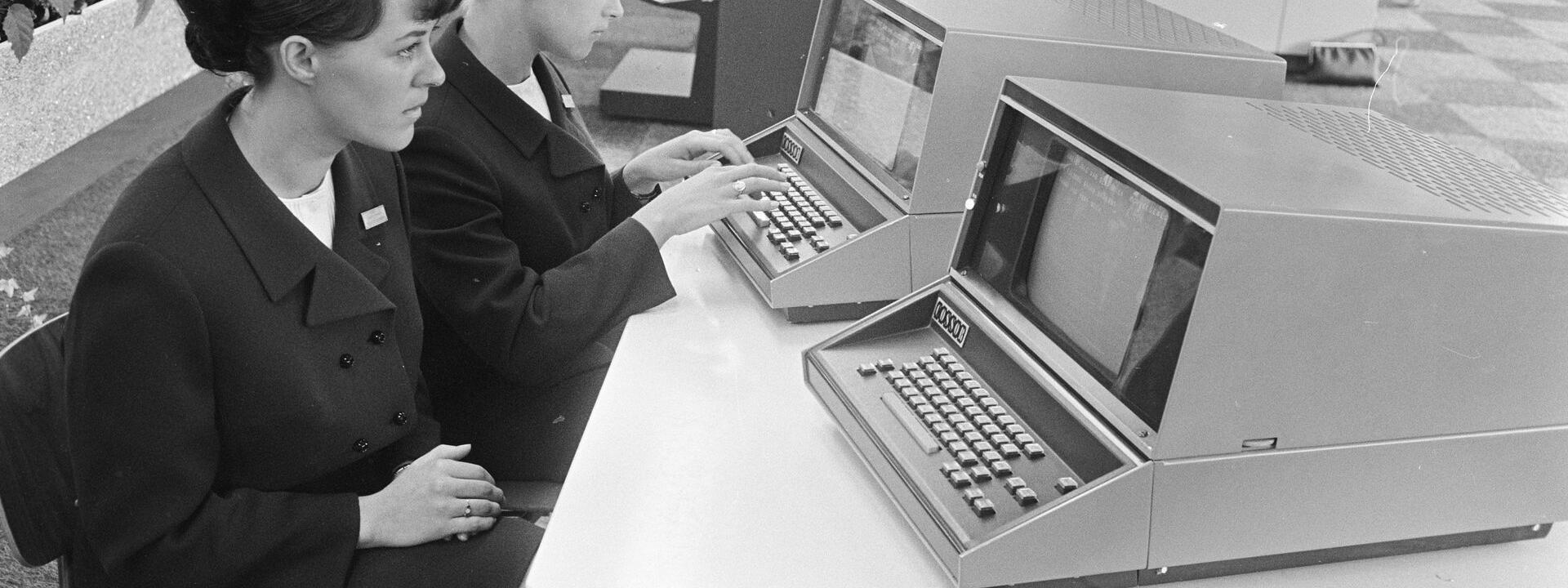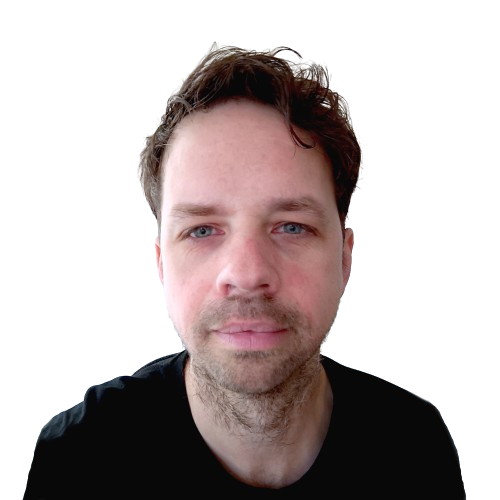In the introduction of her book, Gloria Mark debunks four myths about attention in a digital society:
- You must always be focused at your computer to be productive. It is not possible or human to sustain your attention without taking breaks. Your focus has a rhythm.
- You must always be in a 'flow' state where you are completely absorbed in your work. According to Mark, achieving flow is usually not possible for knowledge workers and is mainly applicable to artists and musicians.
- Being distracted is not solely due to technology or your lack of discipline, but also related to your personality traits and other factors beyond your control.
- Playing seemingly useless games is not pointless and only has a negative impact on your productivity.
Part 1: Dissecting Attention
In the first part of the book, Mark mainly examines results of research conducted by herself or others related to attention.
We have a limited 'supply' of attention. It is nearly impossible to be constantly focused on a task. Therefore, you should alternate work with relaxation to replenish your attention supply. This can be done by taking a break from work, going for a walk, or playing a 'mindless' game on your phone.
Rapidly switching between tasks depletes your attention supply more quickly.
It's challenging to maintain focus if you don't have a clear understanding of the bigger picture. Dealing with distractions is evolutionarily ingrained as you always had to be alert to predators. Being distracted by external stimuli, such as notifications, is natural. However, keeping your goal in mind and resisting distractions depletes your attention supply.
There are attention traps as well. For instance, when you're tired at the end of the day, you're more likely to fall into an attention trap, spending more time being distracted than you'd like.
Drifting off, on the other hand, isn't necessarily bad. It can have benefits as it replenishes your attention supply and can lead to new creative insights through doing nothing.
Mindfulness, being consciously present in the moment, can help prevent drifting off. Research shows that people who took a mindfulness course spent more time on a specific task and were less likely to multitask.
Some individuals get absorbed in social media, spending a significant amount of time there. They overestimate the value of a platform like Facebook, making it more important than it actually is. These platforms are designed for social rewards, such as reactions or likes, to keep you engaged.
People often tie their own identity to their social media identity, investing more time than they intend. The more time spent, the more significant it becomes. Quitting social media would mean wasting all the time invested in building your online identity, known as 'sunk costs.'
When it comes to focusing your attention, applying a single method is challenging. People are different, so is how they can maintain their attention. Additionally, it's influenced by external factors that are sometimes beyond your control.
Mark has developed a theoretical attention framework consisting of the following four quadrants:
- When you are engaged and facing a significant challenge, you are 'focused.'
- When you are immersed in something but not challenged, you are doing it 'mindlessly.' Think of tasks like loading the dishwasher or driving a car. You can easily do something else alongside, like listening to a podcast or having a conversation.
- When you are neither engaged nor challenged, you are 'bored.' For example, when aimlessly surfing the internet or channel surfing on random TV channels.
- When you are challenged but not engaged, you become 'frustrated.' For instance, being stuck at work with a difficult task that you can't progress on without resolving it first.
Attention has a rhythm, and throughout the day, you move through the different four quadrants of the attention framework. On average, people have optimal focus at 11 a.m. and 3 p.m. Mindless work is typically done around 9 a.m. and 2 p.m. Boredom peaks around 1 hour after lunch.
There is also a weekly rhythm: People are most focused on Mondays, less on Tuesdays, a slight peak on Wednesdays followed by a dip on Thursdays, with another peak on Fridays.
As a knowledge worker, achieving flow is not feasible. Instead, you must carefully manage your attention supply and accept that sometimes you need to recharge. Therefore, regularly schedule breaks, ideally without devices like computers and smartphones, and engage in mindless and mundane activities like taking a walk or folding laundry.
Mark argues that the advent of the intranet has influenced our attention as we have started multitasking more. However, not everyone is equally adept at multitasking, leading some individuals to feel overwhelmed by their workload at times.
Rapidly switching between tasks leads to time loss, decreased performance, and stress.
Our attention span is decreasing. In 2004, Mark conducted a study showing that people could concentrate on a screen for an average of 150 seconds. By 2012, this had decreased to 65 seconds, and from 2016 to 2021, it remained constant between 44 and 50 seconds. Constantly switching between tasks and distractions has become the norm, especially with the rise of email, requiring frequent shifts in focus between tasks.
This indicates that productivity declines when multitasking. Additionally, your attention supply is depleted when constantly switching between different tasks.
Nowadays, people spend more time sitting at their desks. In the 1980s, individuals spent 28 to 35% of their time at a desk. By 2004, this had increased to 52%, and in 2019, it reached 90%. This shift can be attributed to the rise of the internet, email, and online meetings, reducing the need for physical interactions.
Mark suggests caution regarding young children's exposure to media. Their self-control and executive function are not yet fully developed, leading children to multitask as it is inherent in the medium.
An interesting conclusion is drawn regarding gamers and attention resources. Gaming has a positive impact on kinetic attention skills. Gamers are akin to super multitaskers. However, gaming doesn't necessarily improve multitasking skills; rather, multitaskers are more drawn to gaming. Mark warns that gaming should be balanced with other social activities and homework.
Interruptions have a negative impact on our performance. However, they also have benefits as they can help recharge your attention supply by allowing for mental breaks.
Research by Zeigarnik and Lewins indicates that interrupted tasks leave unfulfilled needs and cause tension, leading you to keep thinking about the task as it lingers in the back of your mind.
Shifting your focus from one task to another requires you to clear and rebuild your 'internal whiteboard.' Experiencing numerous external interruptions can leave you feeling drained by the end of the day. Being constantly disrupted day in and day out can take a toll on your attention supply and cause significant stress.
Several studies have shown that knowledge workers check their email an average of 74 to 77 times a day. Email is considered the primary source of interruptions. Additionally, social media usage contributes to numerous interruptions. For instance, research indicates that Facebook users visit the site an average of 38 times a day.
The use of email leads to increased stress. A study where employees refrained from using email for a period showed that it was perceived as less stressful.
It's essential to maintain control over your interruptions. Try to schedule interruptions at natural break points, such as after completing an important task or finishing a chapter in a book.
Avoid keeping tasks in your head; instead, write them down. This reduces tension as there are no unfinished tasks lingering in your mind.
Part 2: The Forces Behind Attention
Mark begins this section with a brief history of how the internet originated, referencing Vannevar Bush's Memex and how it enabled continuous information browsing. While the Memex was a physical device, the internet perfected this technique thanks to Tim Berners-Lee. It's easy to click through hyperlinks to access new pages of information.
This fundamental difference of the internet compared to other media like books or magazines also affects how it handles your attention. Aimless surfing can lead your thoughts to wander, resulting in hours wasted without achieving any tangible outcome.
To prevent this, Mark suggests you need three things:
- You must be aware of your own behavior. Why am I opening a new tab and browsing now?
- Additionally, you need to be motivated to stop this behavior.
- Lastly, you must have enough resources to be able to stop the behavior.
The internet not only impacts your attention but also alters the structure of your brain with prolonged use.
Algorithms are used (or misused) to show you exactly what you want to see. Advertisers capitalize on this, leading to repetitive ads across various websites. To optimize these algorithms, digital phenotyping is employed, collecting data on online behavior to measure mood or cognition. This can be quite extensive. For instance, research shows that the way you use language, such as pronouns, reflects your subjective well-being, which can be used to tailor specific ads to you.
Algorithms are also used to keep you on a website longer, for example, by displaying social media posts with angry content. Humans are more likely to engage with such posts, leading to prolonged website visits, increased ad exposure, and ultimately more revenue for the company behind the social media service.
TikTok, particularly its users, has mastered this technique, structuring TikTok videos to captivate our attention. With an introduction, build-up, or rising action, and climax, these videos are addictive, making you want to watch the next one continuously.
The advent of the internet has brought about additional social pressure, especially among young people. Social media is always at your fingertips, and there's an implicit expectation to respond quickly to messages.
The speed of response, or whether you respond at all, depends on the closeness of the person to you. You are less likely, or may not respond at all, to someone who is not part of your in-group.
While social media allows you to reach a vast network, it requires a significant amount of time and effort. Mark advises investing time in relationships you value, as a large network can consume a lot of time without yielding much in return.
Your personality influences how well you can regulate yourself and maintain focus. Some individuals find it easier than others.
Constantly checking your email may be linked to your meticulous personality. You may strive to stay on top of things and respond promptly to everyone.
Individuals with high self-control often experience heavy workloads. This is because they don't give themselves a break and keep working incessantly.
Poor sleep habits (lack of sleep) affect your cognitive resources. Less sleep means a shorter attention span. Additionally, multiple nights of poor sleep have a cumulative effect. Therefore, ensure you consistently get good sleep or make up for deficits by sleeping in on weekends.
Mindless activities, like walking or unloading the dishwasher, have the advantage of not consuming cognitive resources, creating space for new perspectives or potential solutions.
There is a relationship between emotions and attention. When you are in a positive mood, you have more attention and explore more options to solve problems. This is explained by the board-and-build theory.
It's crucial not to lose sight of your goals, as you may easily gravitate towards simple gratifications, such as checking social media. By keeping the bigger picture in mind, you can better integrate such activities with those contributing to your larger goals.
Media conditions our attention. On YouTube, a cinematic language has emerged where it's common to edit out all pauses in a monologue, making everything faster-paced.
Our attention span is decreasing because the media we consume is becoming shorter. We tend to pay more attention to shorter content. Therefore, shot changes in TV programs and films are becoming increasingly rapid. Each new shot raises your heart rate.
Quick videos also impact children. They have a negative effect on their self-control and, at a neural level, have a detrimental impact. The rapid videos and short shots deplete attention resources faster. Moreover, frequent media use by young children can lead to concentration issues later in life.
This cycle creates a downward spiral where our attention span is shaped by the media, and the media adapts to keep your attention engaged.
Part 3: Focus, Rhythm, and Balance
What is the relationship between your free will and digital media? Do you use it because it's your choice, or because you have no other option? Mark argues that the perspective of compatibilism fits best. This is a combination of free will and conditioning. So, on one hand, you are shaped by things like your upbringing, DNA, and environment, but you can still make choices within that framework.
To find more balance, Mark recommends learning a meta-awareness. Each time you interrupt your task to do something else, like checking the news or social media, do it consciously and not out of habit. Mindfulness, focusing on what you're experiencing (such as your breathing), can help with this. So, ask yourself why you need the interruption and what you hope to gain from it. Why are you reading the news or checking Facebook? Is it to recharge yourself or because you're struggling with a difficult task?
Self-regulation is a skill you can learn. You can also help yourself by limiting stimuli, such as turning off notifications or uninstalling apps. Or place your phone in another room to reduce the chances of getting distracted. Additionally, you can limit your breaks by scheduling them strategically. For example, take a ten-minute break before a meeting. This way, you keep the time spent on the break limited.
Take more control over your schedule and avoid back-to-back meetings. Always schedule a break between two meetings to prevent feeling burnt out in the morning.
The goal is not to strive for more productivity. It's about finding a balance between performing activities and taking breaks at the right times. It's impossible to be 100% focused all day long. That's why interruptions are important. The best way to take a break is to go for a walk to step away from your desk for a while.




